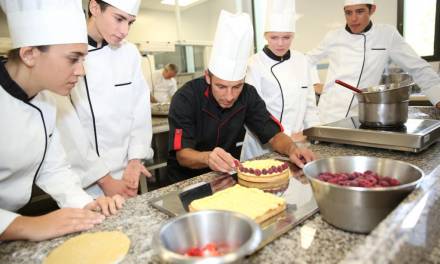Transitioning back to mainstream education after a period of home-schooling or alternative provision can be a challenging process for students. They may face academic, social, and emotional adjustments as they adapt to a more structured environment. To facilitate a smooth transition, several strategies can be implemented by educators, parents, and the students themselves.
1. Personalised Transition Plans
Each student’s needs are unique, and a one-size-fits-all approach is unlikely to be effective. Developing personalised transition plans can help address specific challenges. These plans should consider the student’s academic levels, social skills, and emotional well-being. Collaborating with the student, parents, and educators to outline goals, expectations, and support mechanisms can provide a clear pathway for reintegration. For more information on Personalised Transition Plans please follow the link: Develop a transition plan (nsw.gov.au)
2. Gradual Integration
A gradual integration process can help students adjust to the new environment without feeling overwhelmed. This might involve starting with a part-time schedule and gradually increasing to full-time attendance. Such a phased approach allows students to acclimate to the routines and demands of mainstream education at a manageable pace. For example, students might begin by attending select classes or participating in extracurricular activities before transitioning to a full schedule. It is also important to include a range of subjects- not just the students preferred options!
3. Academic Support and Assessment
Students transitioning from home schooling or alternative provision may have gaps in their knowledge or skills. Conducting initial assessments can help identify these areas. Providing targeted academic support, such as tutoring or additional resources, can bridge these gaps. Educators should be prepared to offer differentiated instruction to accommodate varying levels of preparedness and learning styles.
4. Social Skills Development
Reintegrating into a social environment is often one of the most significant challenges for returning students. Schools can facilitate this process by creating opportunities for social interaction in a supportive setting. Peer mentoring programs, where returning students are paired with a buddy, can provide guidance and friendship. Encouraging participation in group activities, clubs, and sports can also help students build social connections and feel a sense of belonging. For other methods of developing social skills please click on the following link: Secondary School Teacher Strategies for Social skills | AllPlay Learn
5. Parental Involvement
Parents play a crucial role in the transition process. Maintaining open communication between parents and the school can ensure that the student’s needs are met both at home and at school. Schools can organize orientation sessions or workshops for parents to help them understand the transition process and how best to support their children. Encouraging parents to be active participants in school activities can also reinforce the student’s connection to the school community.
6. Creating a Welcoming Environment
A welcoming and inclusive school culture is essential for a successful transition. Educators should strive to create a classroom environment where diversity is valued, and all students feel safe and respected. Implementing anti-bullying policies and promoting a positive school climate can help returning students feel more secure and accepted. In order to secure the smoothest transition for your child it is important that you visit the school during the working day- Seeing how the school works and actually feels is infinitely better than any report or promotional jargon you could access online!
If you would like to learn more about DfE accredited provider of online education as an alternative provider, visit EDClass, send an email to mail@edclass.com or call 01909 568338.










